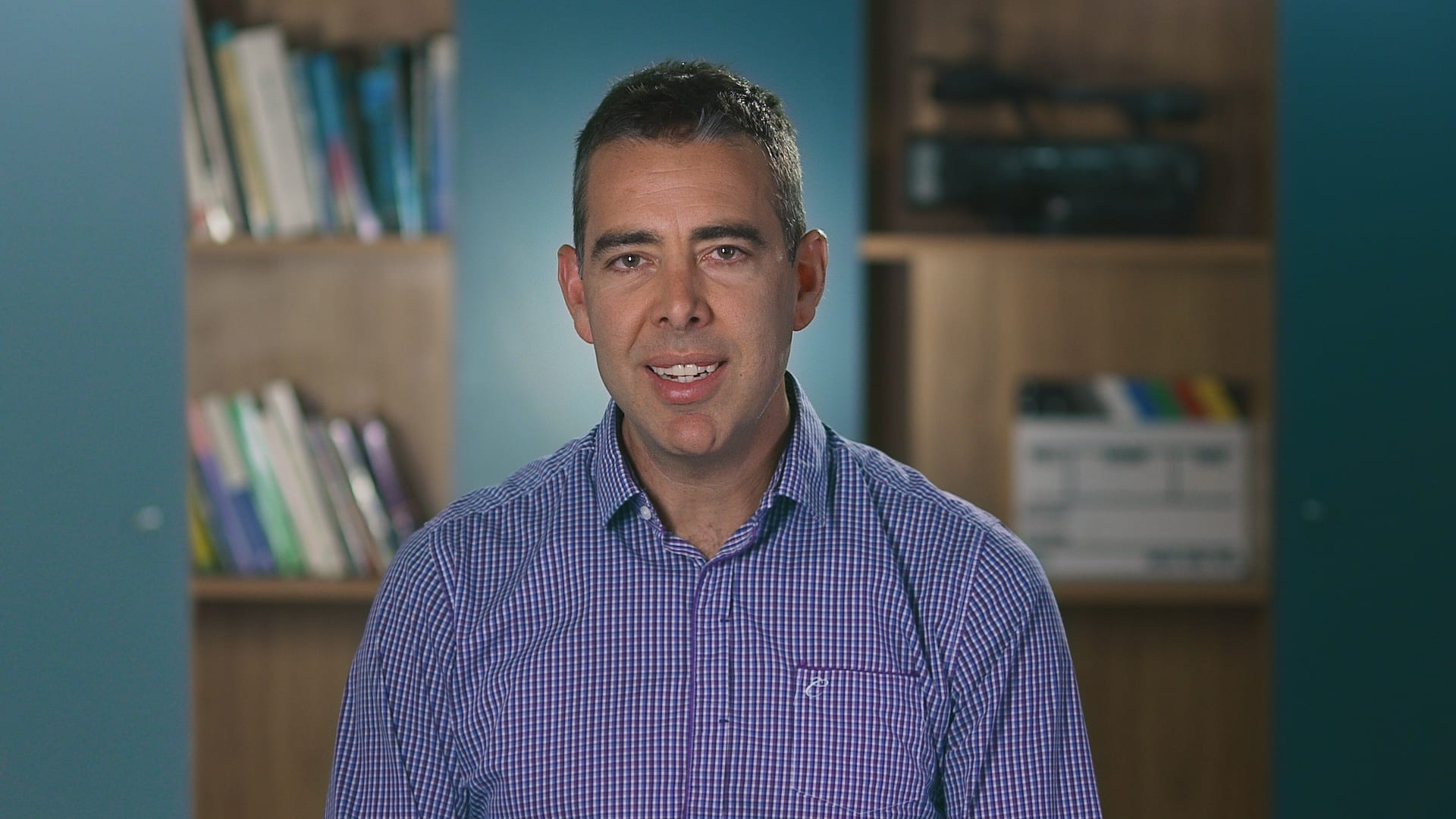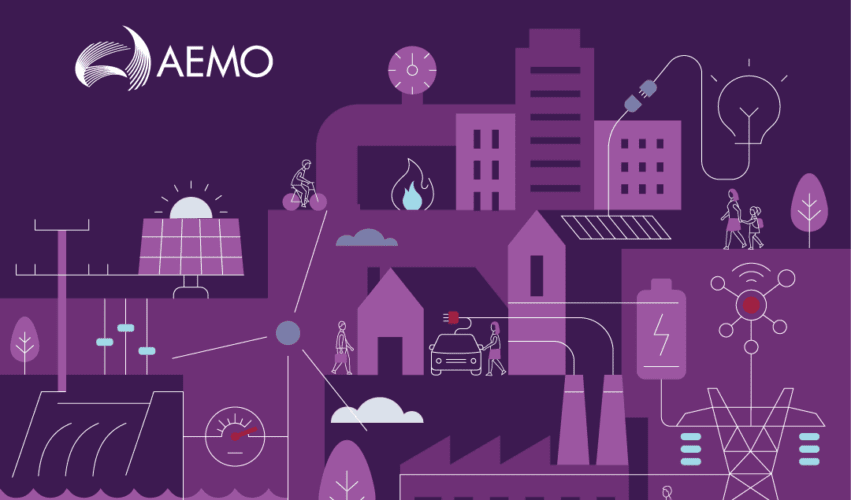Clear and effective communication, such as using animation for government messaging, is one of the most important responsibilities of government agencies in Australia. Whether the goal is to explain a new policy, encourage safe behaviour, or promote a public service, the challenge is always the same: how to make complex information simple, engaging, and accessible to everyone.
We have produced animation and communication projects for Australian government agencies for over fifteen years. Our work has included public information campaigns, policy explainers, internal training modules and community engagement messaging. These insights come from real outcomes across projects for organisations such as AEMO, GreenPower and the Office of Public Prosecutions Victoria.
Animation Video is one of the most effective tools to achieve this. It combines clarity with creativity, and flexibility with professionalism. For Australian government departments at the federal, state, or local level, animation offers unique advantages that traditional communication methods often cannot match.
Below are nine reasons why animation deserves a place in any government communication strategy.
1. Simplifying Complex Information
Government initiatives often involve policies, processes, or data that are difficult for the public to understand. A policy document may run to hundreds of pages, but the community only needs the key points. Animation is ideal for boiling down complexity into simple visuals and clear storytelling.
Studies in public communication show that people retain information better when it is delivered through visual explanation instead of text alone. This is especially true when the message involves processes, timelines or cause-and-effect sequences.
Think of Services Australia explaining how to access benefits, or the ATO outlining new tax rules. Rather than relying on dense text or long speeches, animation can illustrate the essential steps in a way people can absorb in minutes.
Case Study: GreenPower Animation
A good example of this in practice is the GreenPower animation that Dream Engine produced. GreenPower is an Australian Government–accredited renewable energy program, but its value proposition can feel complex to everyday consumers. Terms like “accredited energy” or “carbon offset” are not always easy to grasp.
Through animation, we were able to explain how the program works in clear, simple steps, showing how choosing GreenPower through your energy retailer directly supports renewable energy projects. The use of friendly characters and clean visuals turned what might otherwise have been a dry or technical message into something engaging, accessible, and easy to share.
This project highlights how animation can help government-backed initiatives connect with the public, build understanding, and encourage positive action.
2. Consistent Messaging Across Diverse Audiences
Public communication in Australia must reach a diverse range of people, including those of different ages, educational levels, languages, and cultural backgrounds. Animation helps create one consistent message that can be understood by all.
Whether it is a state health department running a vaccination campaign, or a local council promoting recycling services, animation uses visuals that cut across differences and keep the message clear.
3. Sensitive or Neutral Tone
Some subjects that governments need to address can be emotionally charged, such as public health, safety, or compliance. A live-action approach might come across as too heavy-handed or even alarming.
Animation allows agencies like VicRoads or Transport for NSW to strike a neutral, approachable tone when reminding the public about road safety or transport changes. By using symbolic or simplified visuals, sensitive messages can be conveyed without provoking unnecessary fear or resistance.
4. Cost-Effective and Evergreen
Producing live-action content requires actors, locations, filming days, and often large budgets. Once it is filmed, making changes can be expensive and time-consuming.
With animation, updates are easy. If a statistic changes, or a new government logo needs to be added, the adjustments can be made within the existing project. This makes animation budget-friendly over the long term and a crucial factor for agencies using taxpayer money responsibly.
5. Enhancing Accessibility and Inclusion
Government messages must be accessible to everyone. Animation makes this easier by allowing subtitles, captions, and multiple language versions to be integrated seamlessly.
According to the ABS, more than one in four Australians speak a language other than English at home. Clear visual communication helps ensure important public messaging remains inclusive and easy to understand across diverse communities.
For Australians with hearing impairments, lower literacy levels, or for whom English is a second language, animation provides a clear and engaging way to access important information. Visual storytelling helps ensure the message does not get lost, whether it is a federal department explaining visa processes or a local council promoting community programs.
6. Animation to epresenting Cultural and Racial Diversity
Australia is one of the most multicultural countries in the world. Government communication must reflect that diversity. Live-action video often faces challenges here: casting may not represent the full range of the community, or it risks tokenism.
Animation offers a simple, respectful solution. Characters can be designed to represent a variety of skin tones, cultural clothing, and community groups, without stereotypes. This helps Australians feel recognised and included, and it reinforces the idea that the message is intended for everyone.
7. Universal Appeal and Engagement
Attention is one of the hardest things to win in today’s crowded media environment. Animation, by its very nature, is eye-catching and memorable.
Whether it is a short social media clip about bushfire preparedness from an emergency services agency, or a longer explainer from a state health department, animation helps hold attention and ensures people retain the key message.
8. Flexibility Across Platforms
Government communication in Australia is not confined to one channel. A campaign may need to run on television, social media, websites, internal staff training, and community presentations.
Animation is highly adaptable. The same core content can be repurposed into different formats and lengths without losing impact. That means more value from each production, and greater consistency across platforms, whether it is the ABS promoting the Census, or a council explaining new waste management rules.
Case Study: Office of Public Prosecutions Victoria
Dream Engine created a series of animated microlearning modules for the Office of Public Prosecutions Victoria. These modules were designed to help staff build stronger communication skills for conferencing, particularly in situations where emotions run high or where participants may be vulnerable.
The topics included managing grief, anger, silence, and disengagement, as well as delivering bad news and supporting people who have experienced trauma. Animation was the ideal format for this project, as it allowed us to depict sensitive scenarios in a safe, respectful way. Instead of using live actors, which could have been confronting or distracting, animation made it possible to focus on the learning points while still keeping the content engaging and relatable.
By using animation, the OPP was able to provide staff with accessible, repeatable training tools that promote best practice in communication and support the wellbeing of everyone involved in legal conferencing.
9. Trust and Professionalism
Finally, animation signals credibility. A well-produced animated video shows that an agency has invested in professional, high-quality communication. It demonstrates respect for the audience by presenting information in a polished and engaging way, rather than relying on dry documents or press releases alone.
Case Study: AEMO Animation
Dream Engine also produced an animation for the Australian Energy Market Operator (AEMO). AEMO plays a critical role in managing Australia’s electricity and gas systems, but the concepts it deals with, such as grid reliability, renewable integration, and energy markets, are often highly technical.
Through animation, we were able to distil these complex ideas into clear and engaging visuals, helping AEMO communicate with stakeholders and the wider public. The animation explained the organisation’s role in ensuring reliable, affordable energy while also highlighting its support for Australia’s transition to renewables.
The result was content that felt both authoritative and approachable, allowing AEMO to engage audiences who may not have technical knowledge but still need to understand the importance of the work being done.
For Australians, examples like this show how animation can help build trust in government agencies and highlight the essential services they provide. Read the animation case study here.
Australian government agencies at every level face an ongoing challenge: how to communicate clearly with a wide and diverse audience, while managing public funds responsibly. Animation offers a unique solution. It simplifies the complex, represents diversity, maintains consistency, and engages citizens in a way that feels professional and inclusive.
From federal departments to state health campaigns, to local councils and community services, animation is a powerful tool that should be at the heart of Australia’s government communication strategy.
How We Work With Government Agencies
-
Initial scoping to identify the key message and audience context
-
Script development and review with subject matter experts
-
Character and visual style aligned to brand and accessibility guidelines
-
Versioning for different formats such as social media, internal networks or broadcast
-
Subtitles, captioning and translation options included
-
Clear review and approval workflow suitable for multi-stakeholder environments
Ready to explore how animation could help your agency communicate more effectively?
We’ve worked with Australian government organisations including AEMO, GreenPower, and the Office of Public Prosecutions to turn complex messages into clear, engaging stories.
Contact us today to discuss your next project.

Ryan Spanger is the founder and managing director of Dream Engine, a Melbourne-based video production company established in 2002. With more than two decades of experience, Ryan has helped leading Australian businesses, government departments, and non-profits communicate their message with clarity and impact through video. He’s known for his strategic approach, reliable process, and commitment to producing videos that deliver measurable results.


